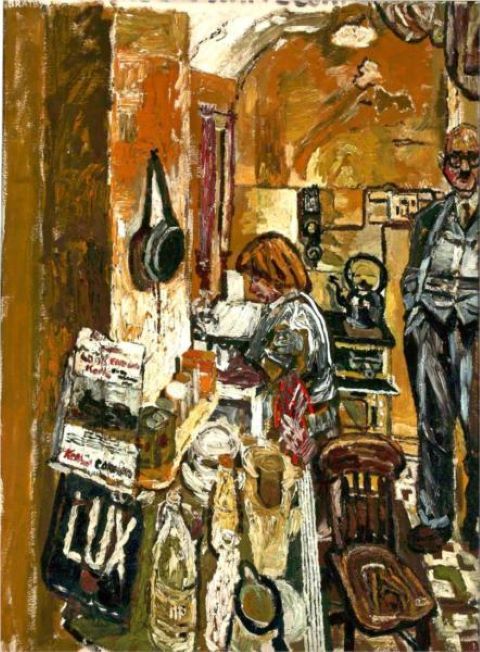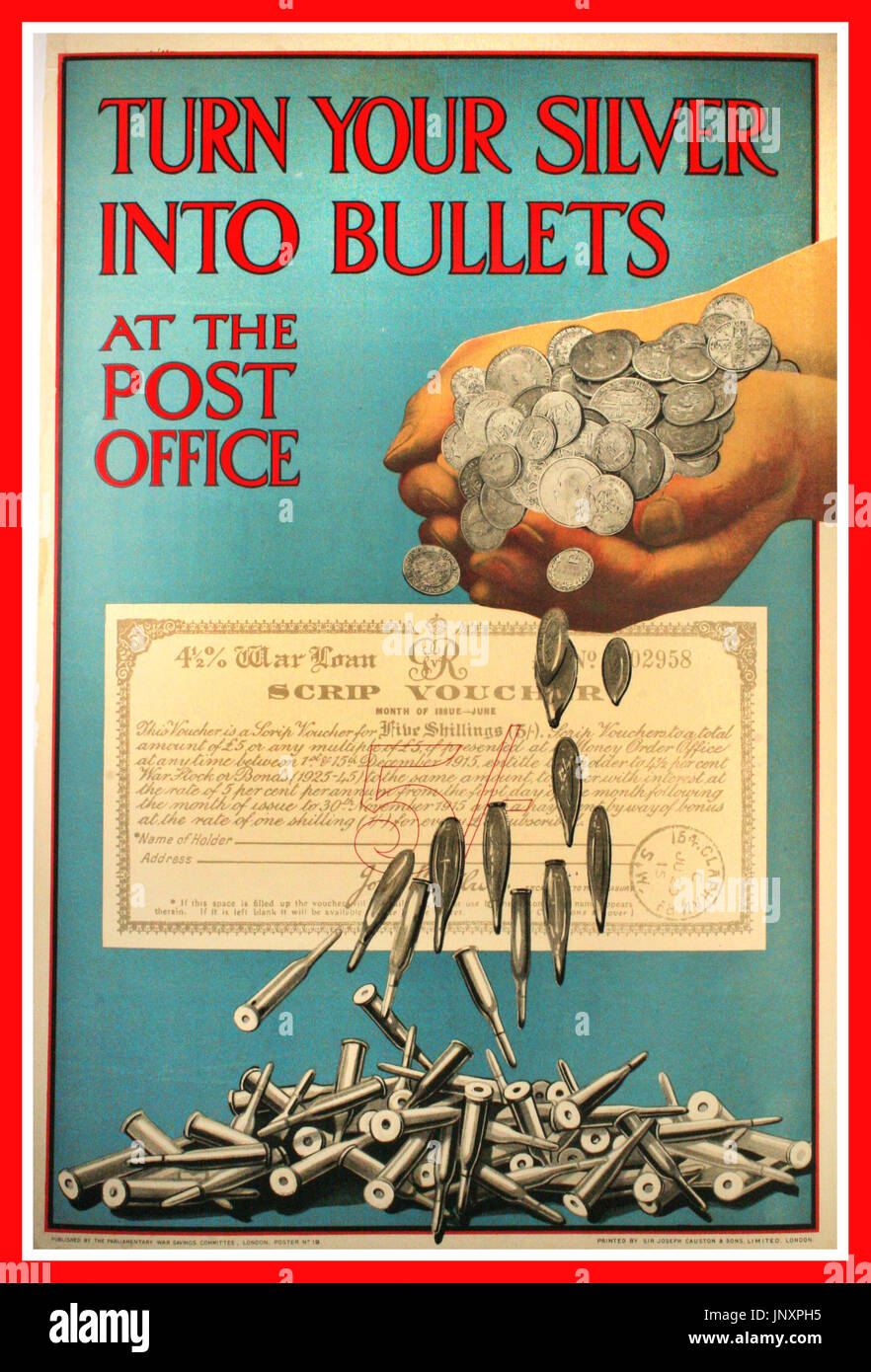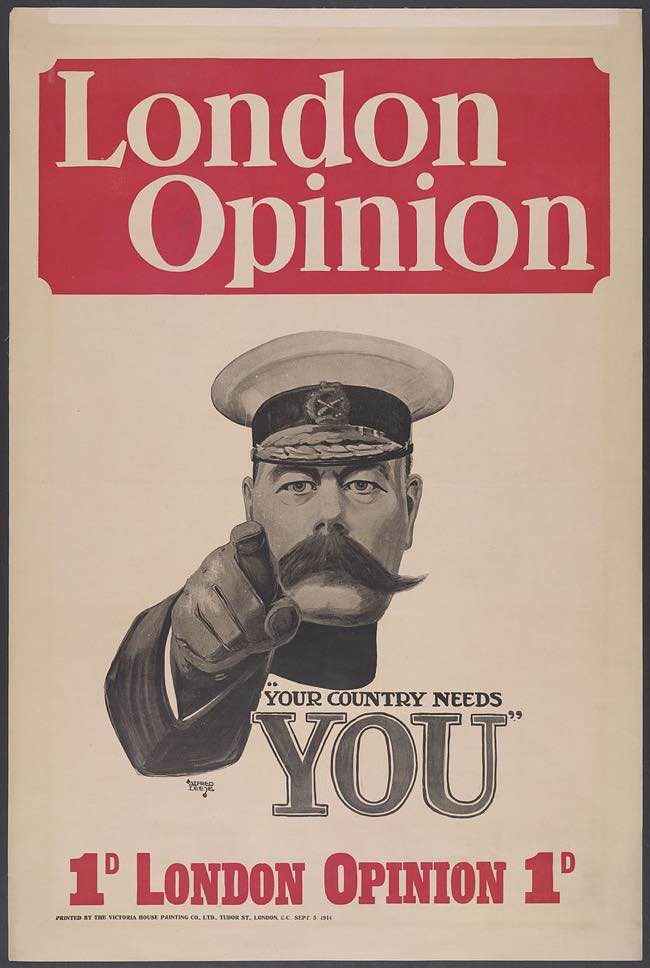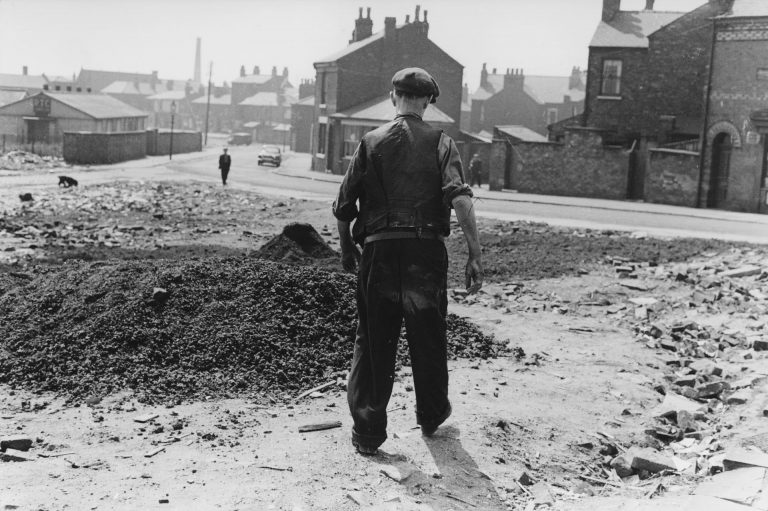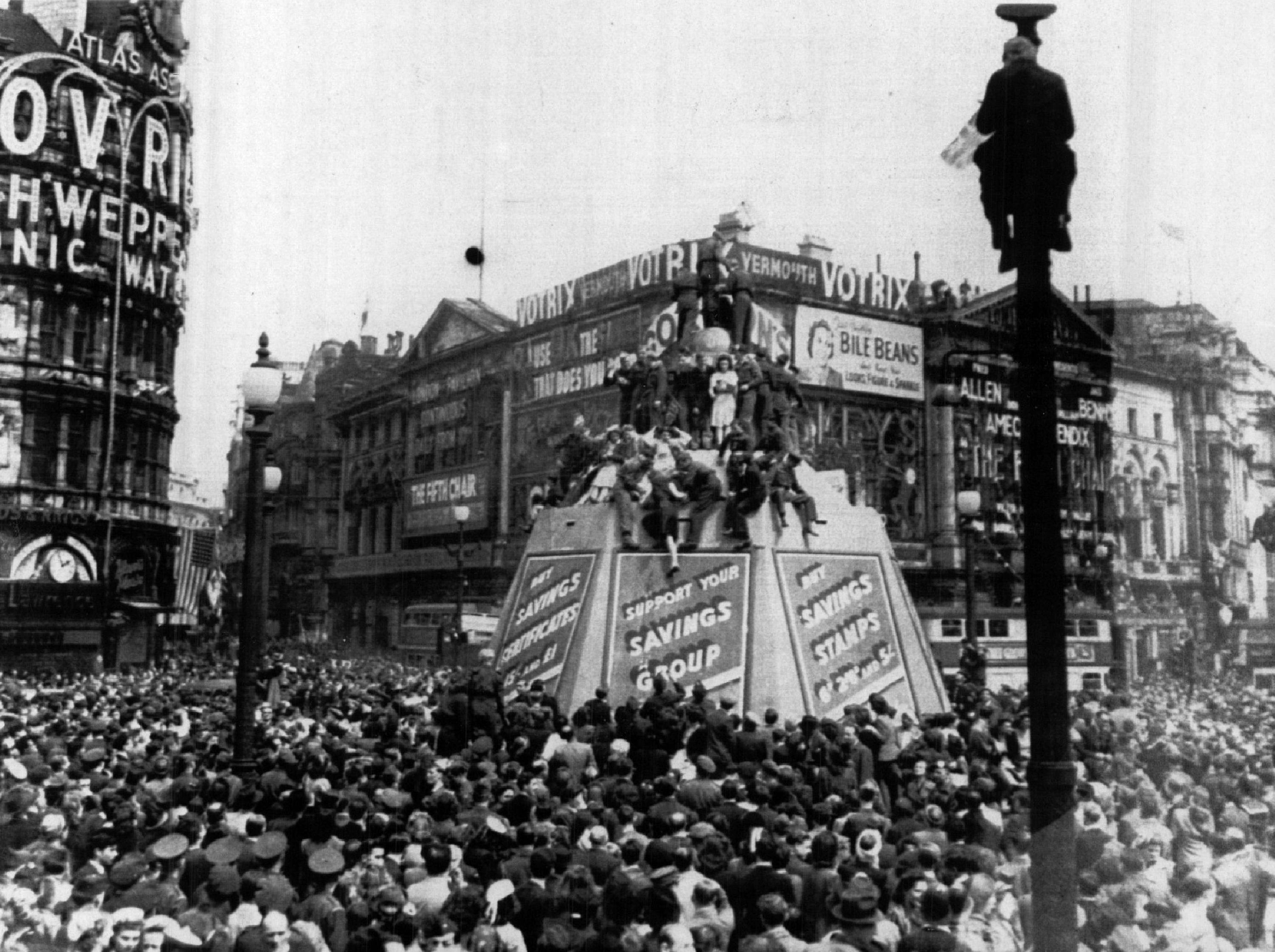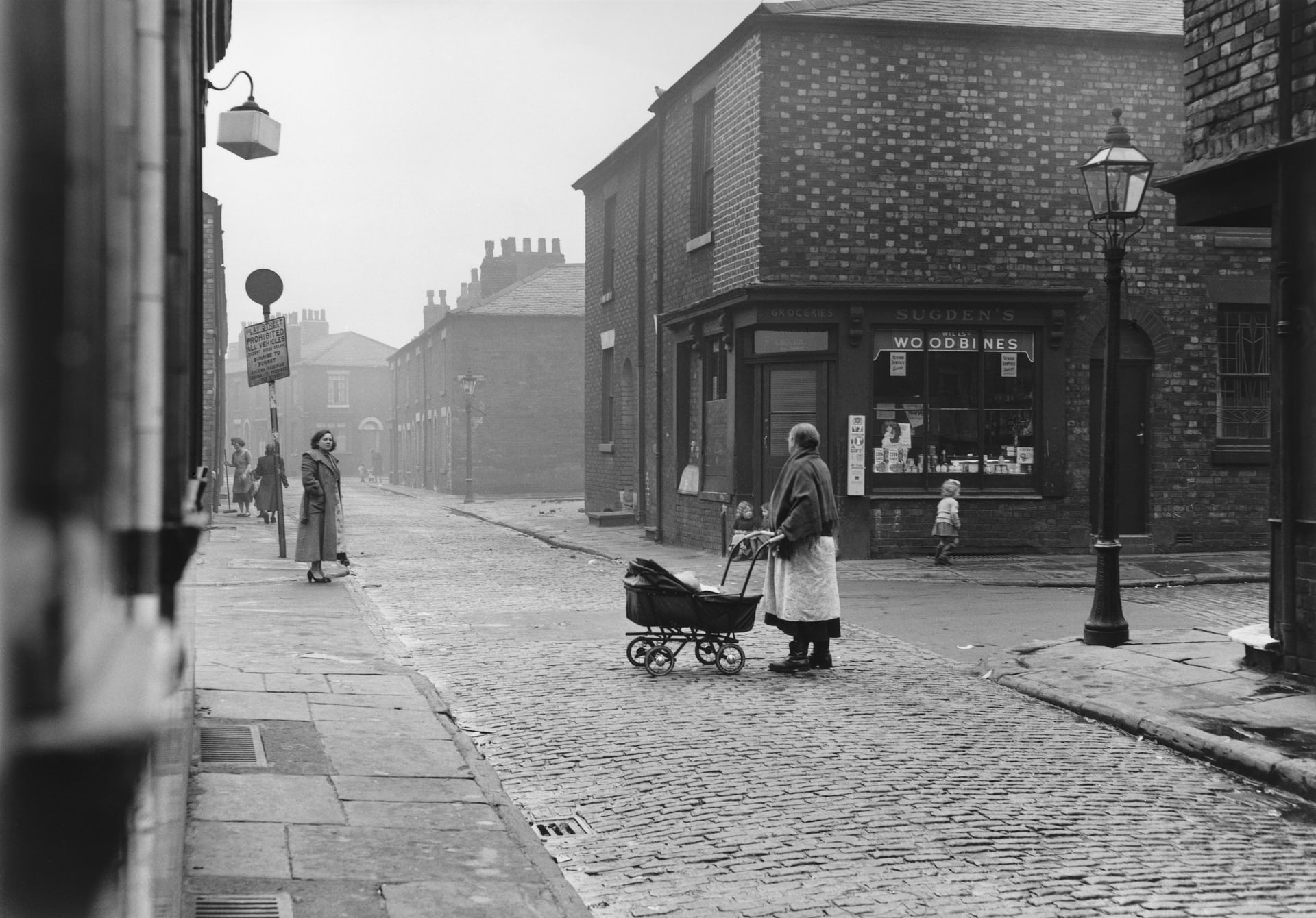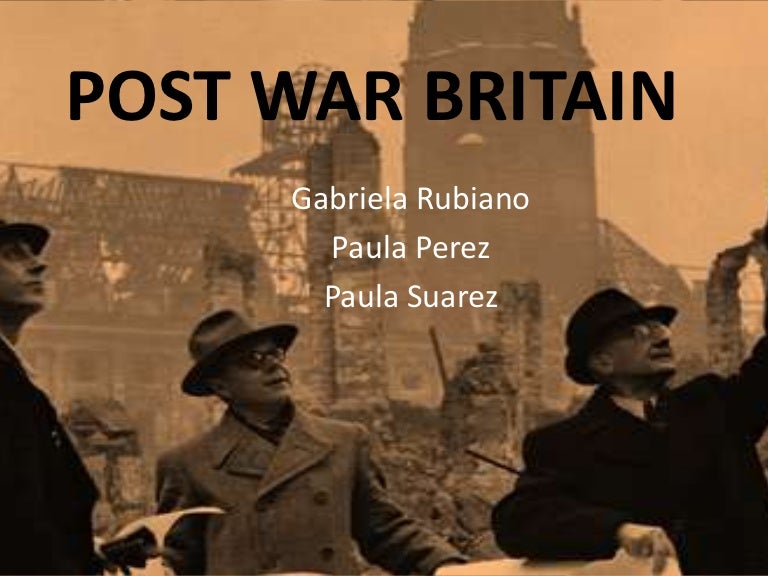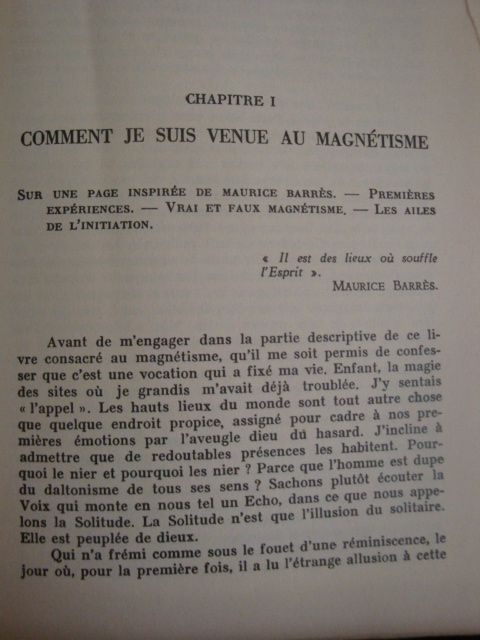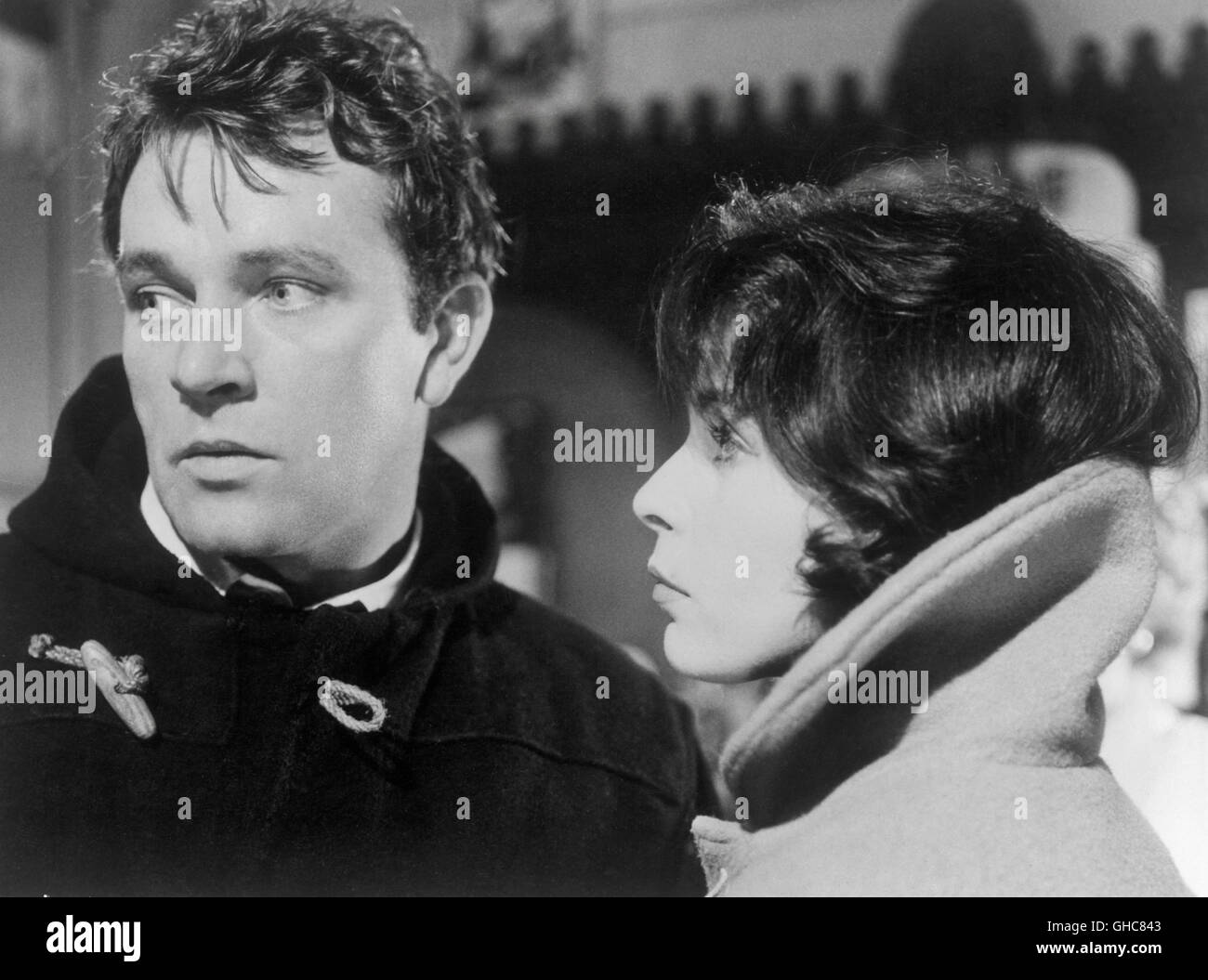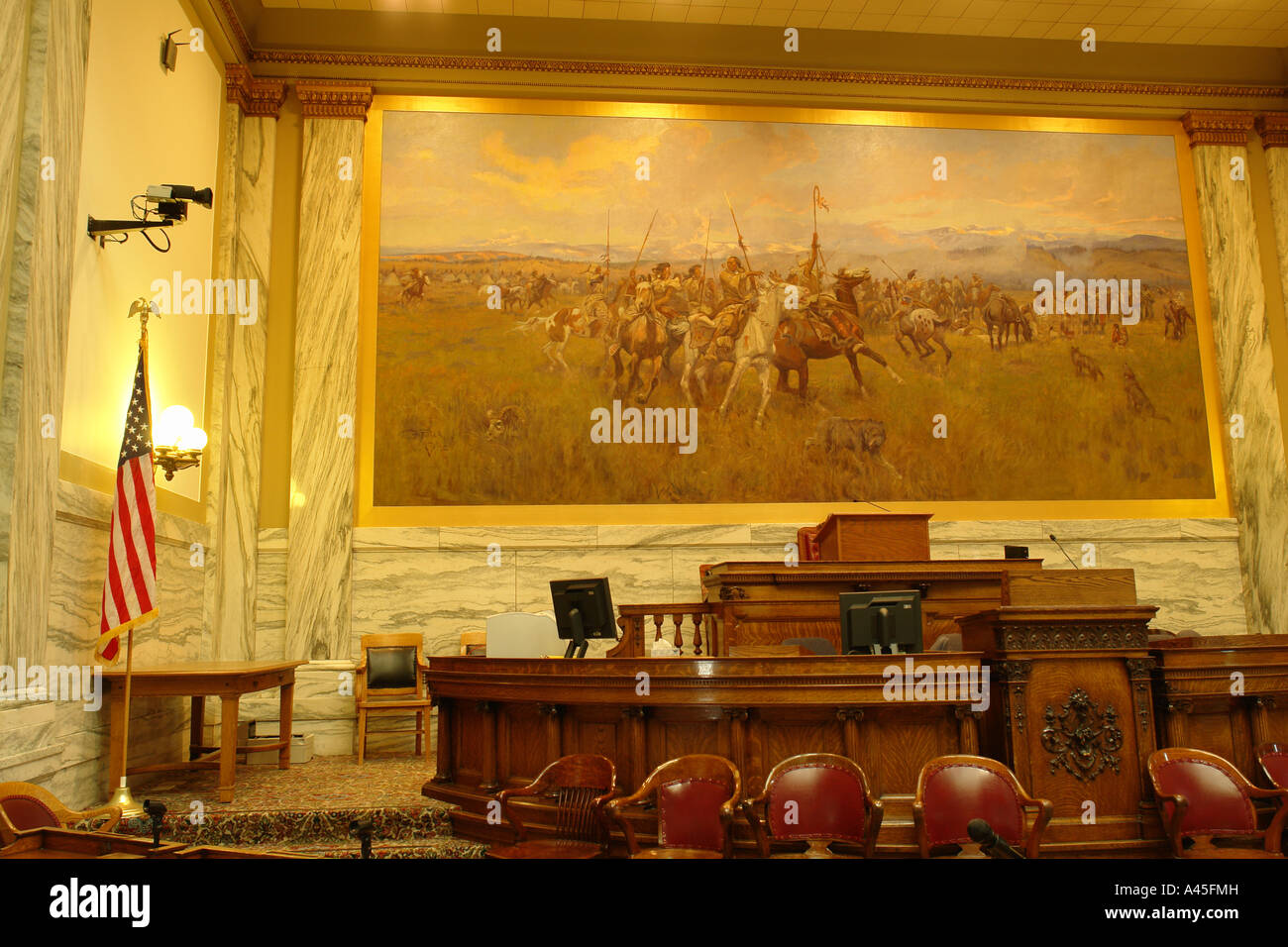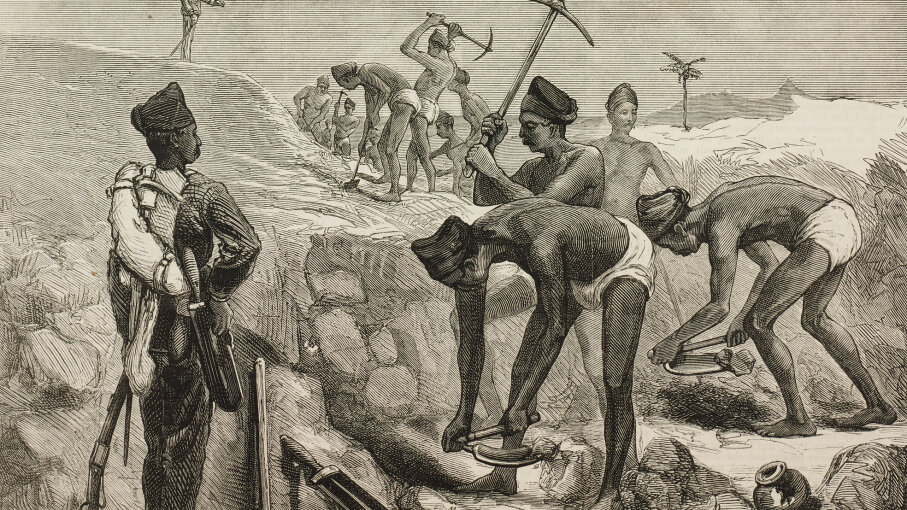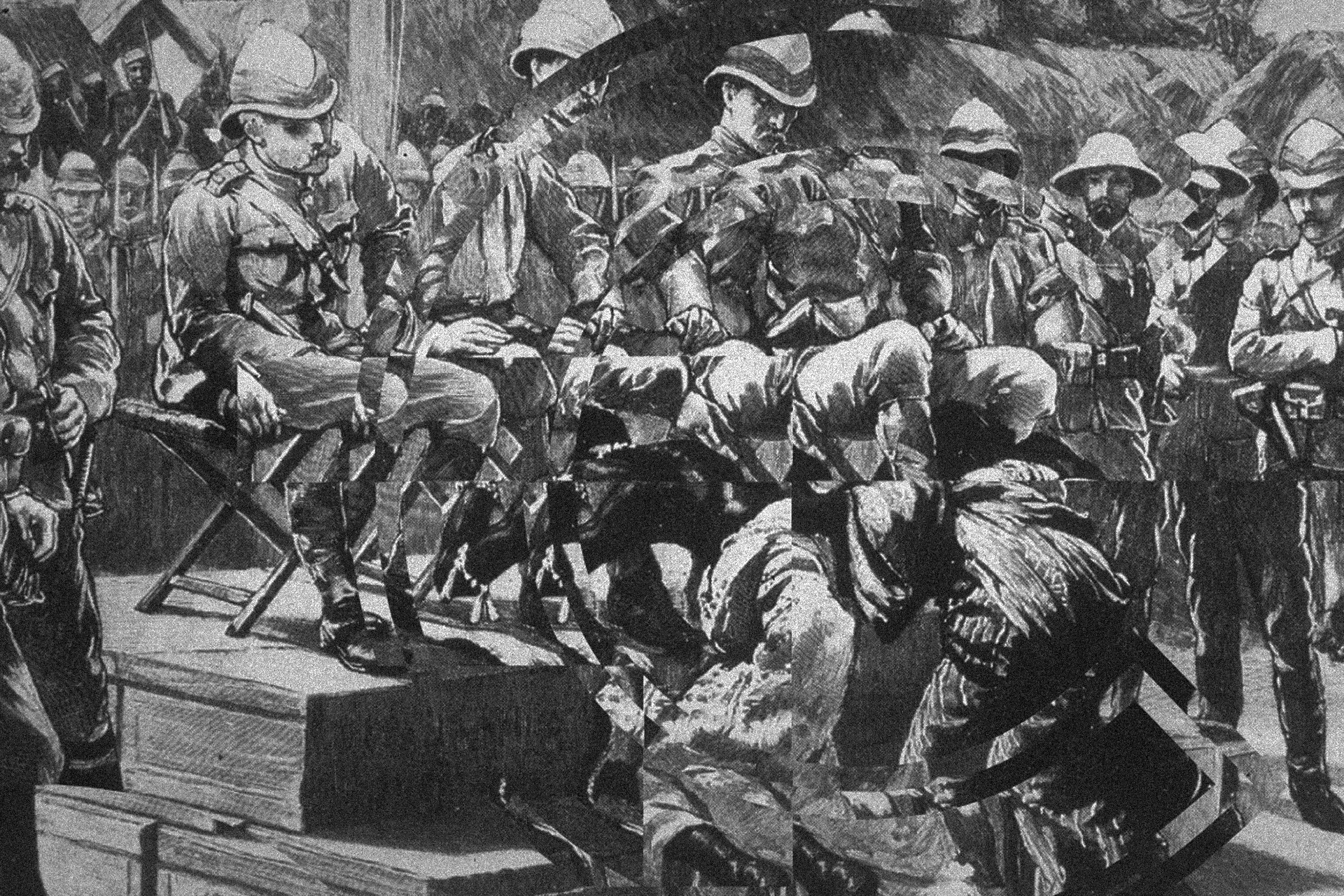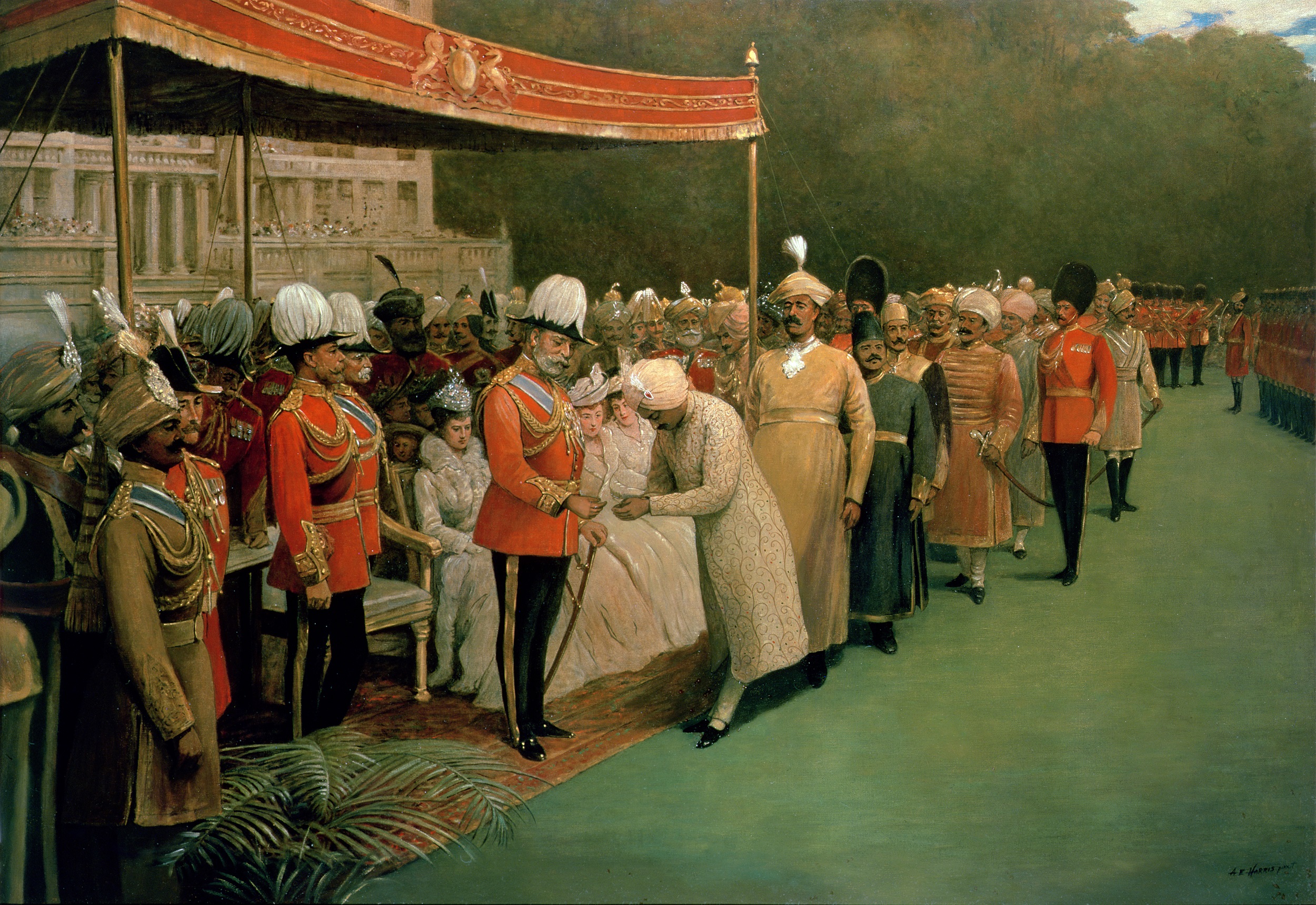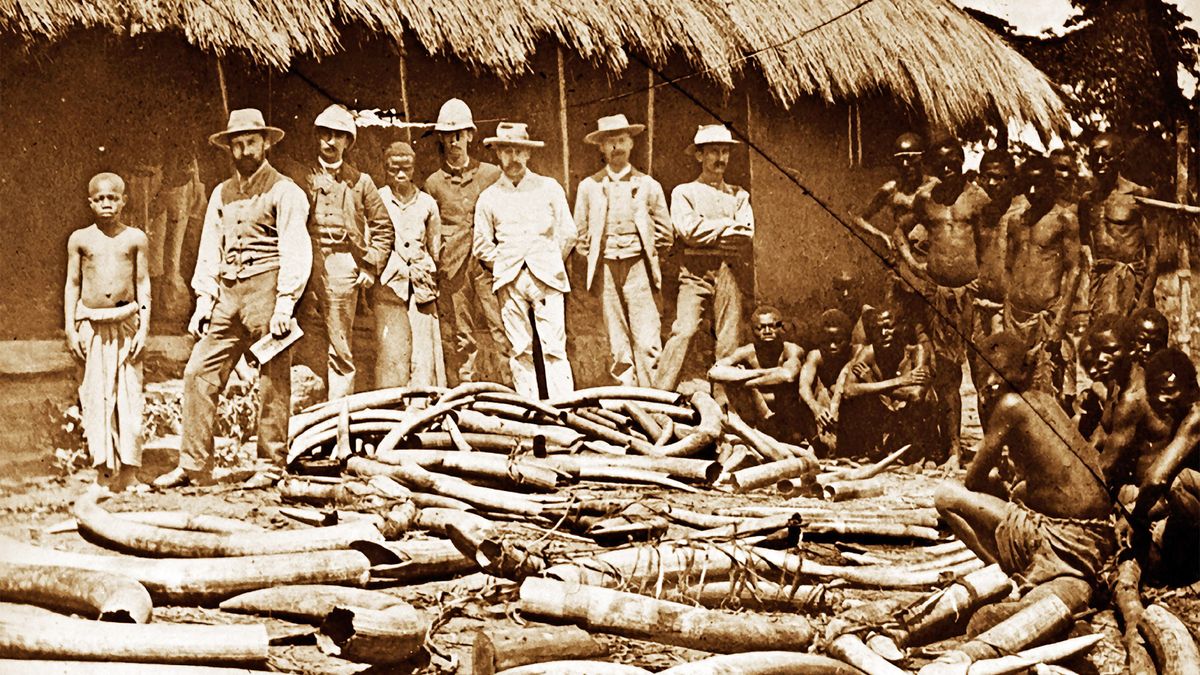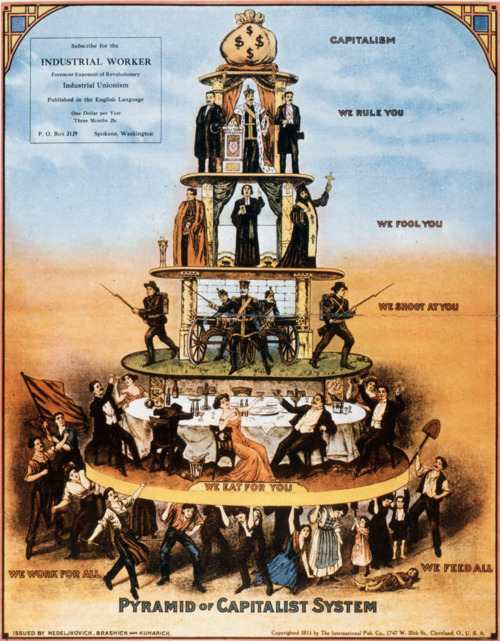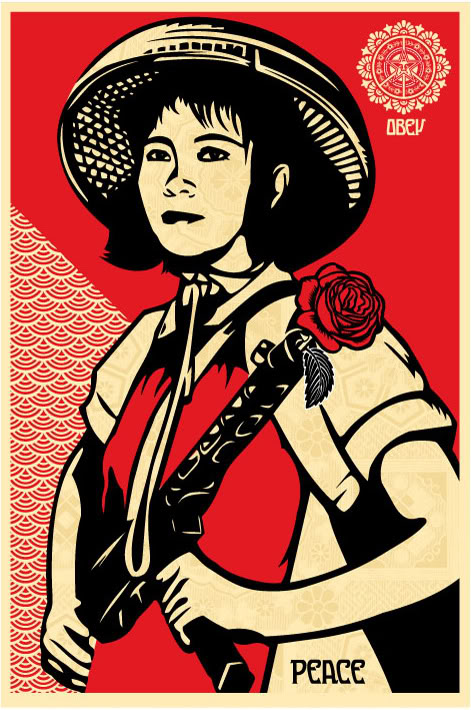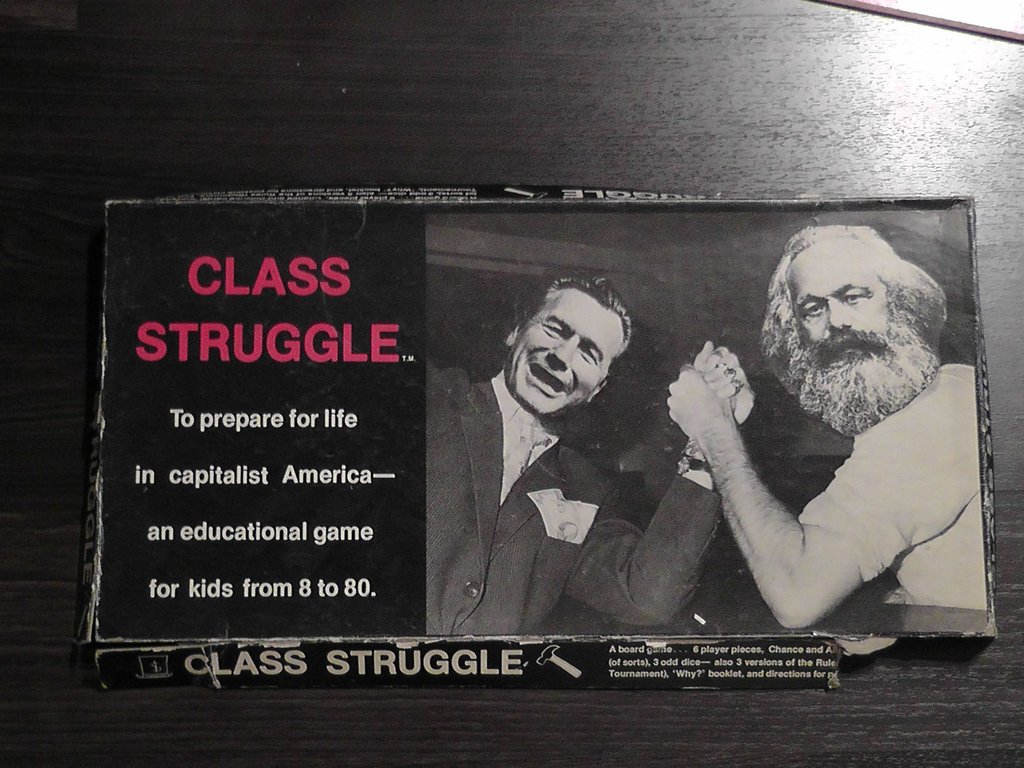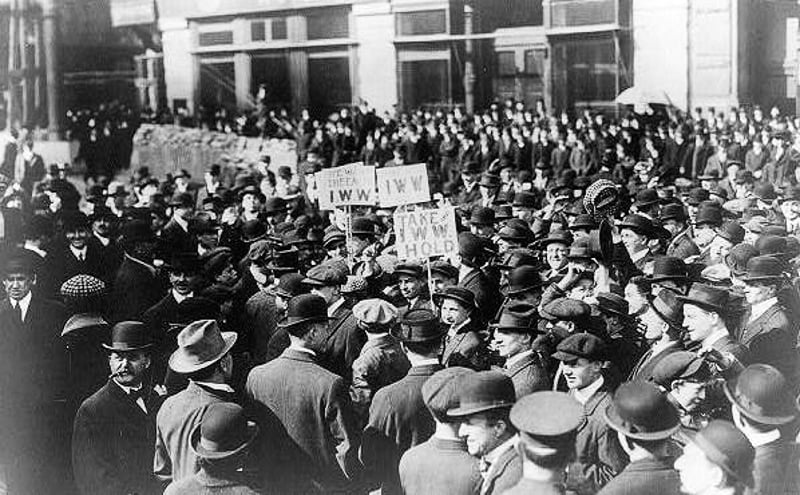John Osborne was a British playwright who became known as the pioneer of the "kitchen sink realism" movement in British drama. Born in 1929, Osborne's most famous work is the play "Look Back in Anger" which is considered one of the key works of post-war British theatre. Osborne's writing style was known for its raw, gritty and honest portrayal of working-class life and social issues.John Osborne
Kitchen sink realism is a term used to describe a genre of British drama that emerged in the 1950s and 1960s. It is characterized by its focus on the lives of working-class individuals and their struggles in post-war Britain. The name of the movement comes from the idea that these plays depicted the gritty and mundane aspects of everyday life, including the cluttered and dirty kitchens commonly found in working-class homes.Kitchen Sink Realism
British drama has a rich and diverse history, with many different styles and movements emerging over the years. However, one of the most significant periods in British drama is the post-war era, which saw the emergence of kitchen sink realism and other forms of social realism. These plays often tackled controversial and taboo subjects, such as sex, violence, and class struggles, and challenged traditional conventions of theatre.British Drama
The aftermath of World War II had a profound impact on British society, and this is reflected in the works of many post-war British playwrights. The country was facing immense social and economic changes, and these issues were often explored in the theatre. Plays like "Look Back in Anger" were a reflection of the disillusionment and frustration felt by many people during this time, as well as a critique of the class system and traditional societal norms.Post-War Britain
The main character in "Look Back in Anger" is Jimmy Porter, a young and angry working-class man who feels trapped and dissatisfied with his life. He is frustrated with the social and economic inequalities in post-war Britain and takes out his anger on those closest to him, including his wife Alison. Jimmy's character is a symbol of the disillusionment and restlessness felt by many working-class individuals during this time.Jimmy Porter
Alison is Jimmy's wife, and their relationship is a central focus of the play. Unlike Jimmy, Alison comes from a middle-class background, and her presence in the play serves to highlight the class differences and struggles within their marriage. Alison's character also represents the traditional expectations placed on women during this time, and her eventual rebellion against these expectations is a pivotal moment in the play.Alison Porter
Cliff is Jimmy's best friend and a constant source of support and reason for him. Unlike Jimmy, Cliff is content with his working-class life and is often depicted as the voice of reason and morality in the play. His character provides a balance to Jimmy's anger and serves as a reminder of the realities of their social and economic status.Cliff Lewis
Helena is Alison's friend and represents the upper-class, educated elite. Her character serves as a contrast to the other characters in the play, as she is able to rise above the social and economic struggles that they face. However, her presence also highlights the issue of colonialism and the impact it had on post-war British society.Helena Charles
One of the underlying themes in "Look Back in Anger" is the impact of colonialism on post-war Britain. The play is set in the 1950s, a time when the British Empire was beginning to crumble, and the effects of this are seen through the characters and their struggles. Jimmy's anger towards the upper-class and his desire for change can be seen as a reaction to the colonial past of his country.Colonialism
The play also explores the issue of class struggle and the divisions between the working-class and the elite. Jimmy's character represents the frustrations and anger felt by many working-class individuals during this time, and his clashes with Alison and Helena highlight the divide between their social classes. "Look Back in Anger" was one of the first plays to openly address class struggle and challenge the traditional portrayal of the working-class in British theatre.Class Struggle
The Impact of "Look Back in Anger" on Kitchen Sink Drama and House Design

The Rise of Kitchen Sink Drama
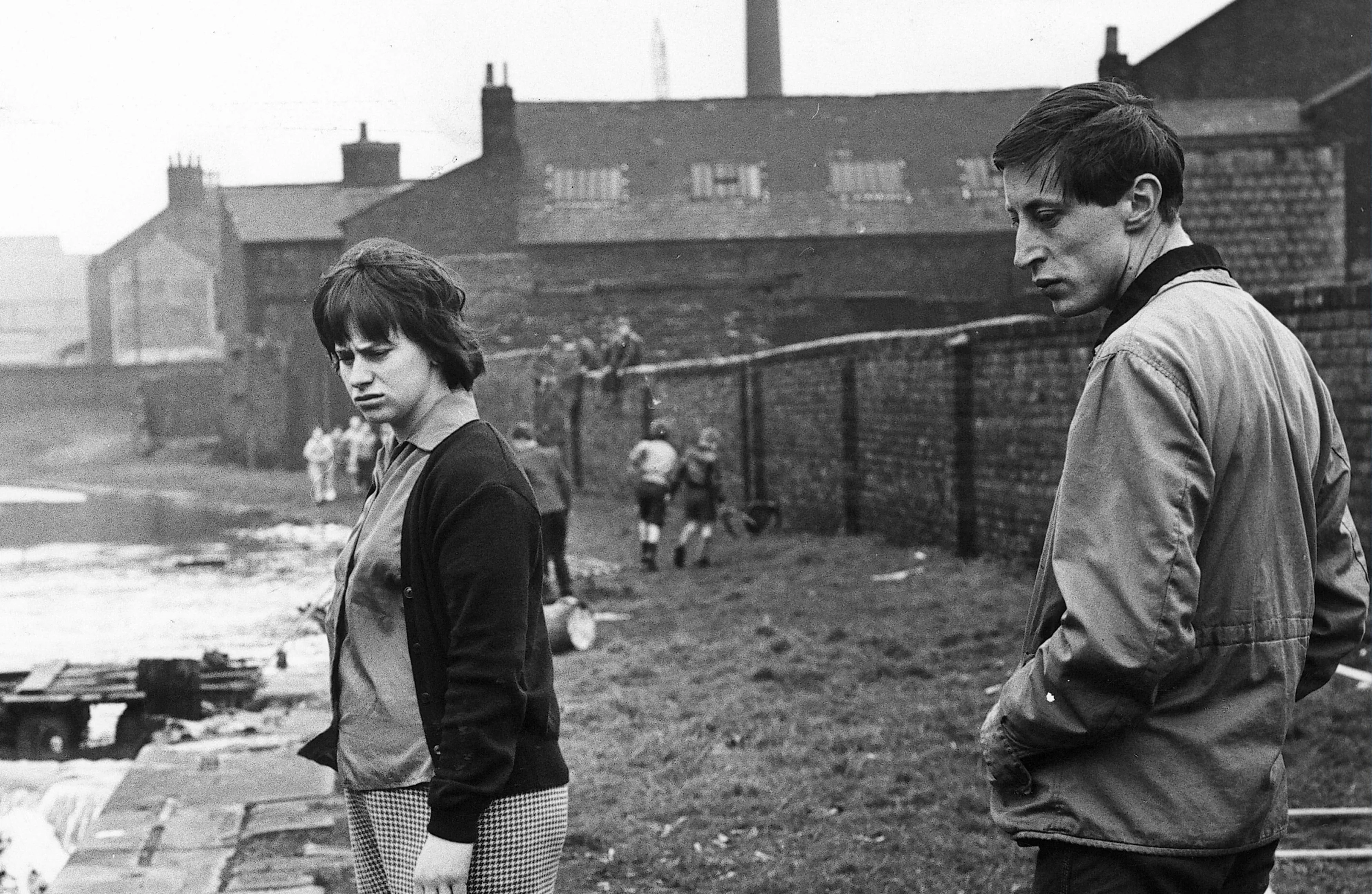 Kitchen sink drama
is a term used to describe a genre of plays and films that emerged in the 1950s and 1960s in Britain. It is characterized by its realistic portrayal of working-class life and domestic settings, often focusing on the struggles and conflicts within a household. One of the most influential works in this genre was the play "Look Back in Anger" by John Osborne, which premiered in 1956.
Kitchen sink drama
is a term used to describe a genre of plays and films that emerged in the 1950s and 1960s in Britain. It is characterized by its realistic portrayal of working-class life and domestic settings, often focusing on the struggles and conflicts within a household. One of the most influential works in this genre was the play "Look Back in Anger" by John Osborne, which premiered in 1956.
Breaking Traditional House Design
 "Look Back in Anger"
was considered a revolutionary piece of work, not only in terms of its subject matter but also in its use of set design. Unlike traditional plays that were set in grand and elaborate settings, "Look Back in Anger" was set in a small, cramped apartment with a
kitchen sink
as its focal point. This was a bold move that challenged the conventions of stage design and reflected the gritty reality of working-class life.
"Look Back in Anger"
was considered a revolutionary piece of work, not only in terms of its subject matter but also in its use of set design. Unlike traditional plays that were set in grand and elaborate settings, "Look Back in Anger" was set in a small, cramped apartment with a
kitchen sink
as its focal point. This was a bold move that challenged the conventions of stage design and reflected the gritty reality of working-class life.
The Influence on Modern House Design
 The impact of "Look Back in Anger" on house design can still be seen today. Its emphasis on realistic and functional living spaces has influenced modern interior design, with many homeowners opting for simpler and more practical designs. The
kitchen
has also become a central gathering place in many households, reflecting the importance of this room in "Look Back in Anger" and its portrayal of everyday life.
The impact of "Look Back in Anger" on house design can still be seen today. Its emphasis on realistic and functional living spaces has influenced modern interior design, with many homeowners opting for simpler and more practical designs. The
kitchen
has also become a central gathering place in many households, reflecting the importance of this room in "Look Back in Anger" and its portrayal of everyday life.
Embracing Imperfections
 Another significant aspect of kitchen sink drama is its focus on the imperfections and flaws of its characters and their living spaces. This rejection of traditional notions of perfection has had a lasting impact on house design, with a shift towards more personalized and eclectic styles.
Kitchen sink
drama taught us to embrace imperfections and to see the beauty in the ordinary, which is reflected in modern house design.
Another significant aspect of kitchen sink drama is its focus on the imperfections and flaws of its characters and their living spaces. This rejection of traditional notions of perfection has had a lasting impact on house design, with a shift towards more personalized and eclectic styles.
Kitchen sink
drama taught us to embrace imperfections and to see the beauty in the ordinary, which is reflected in modern house design.
Conclusion
 In conclusion, "Look Back in Anger" revolutionized not only the world of theatre but also the way we view and design our homes. Its realistic portrayal of working-class life and its emphasis on everyday settings have had a lasting impact on house design. By challenging traditional conventions and embracing imperfections, kitchen sink drama has left its mark on modern interior design, reminding us to appreciate the beauty in simplicity.
In conclusion, "Look Back in Anger" revolutionized not only the world of theatre but also the way we view and design our homes. Its realistic portrayal of working-class life and its emphasis on everyday settings have had a lasting impact on house design. By challenging traditional conventions and embracing imperfections, kitchen sink drama has left its mark on modern interior design, reminding us to appreciate the beauty in simplicity.

:max_bytes(150000):strip_icc():focal(796x0:798x2)/john-osborne-110922-8f08c11d28e4422db3cbae6b84c7c26d.jpg)












